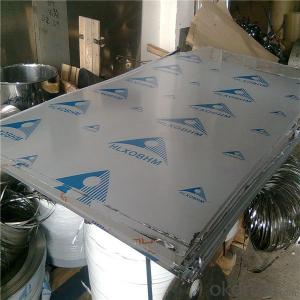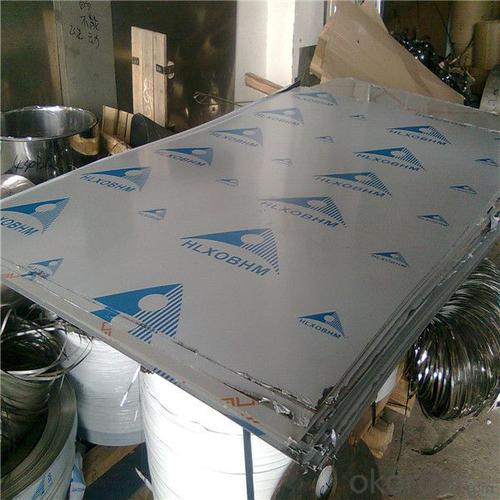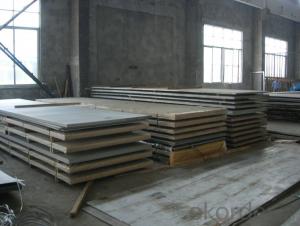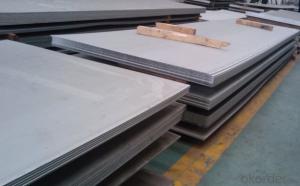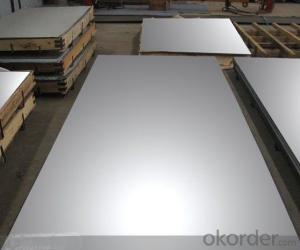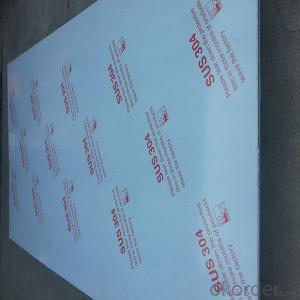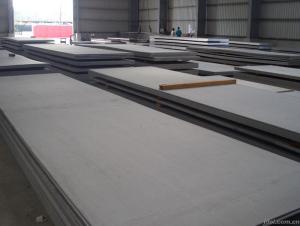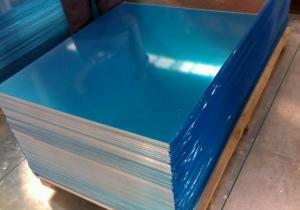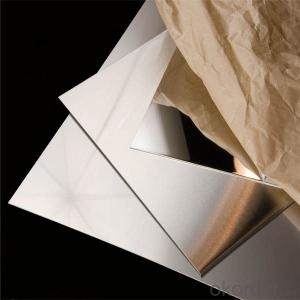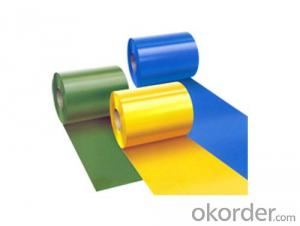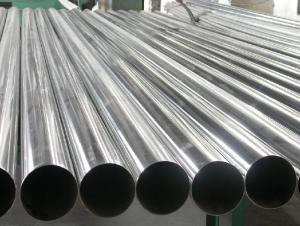AISI 310S Stainless Steel Plate/Sheet cold rolled
- Loading Port:
- Shanghai
- Payment Terms:
- TT OR LC
- Min Order Qty:
- 5 m.t.
- Supply Capability:
- 20000 m.t./month
OKorder Service Pledge
OKorder Financial Service
You Might Also Like
Specification
Specifications
AISI 310S cold rolled stainless steel plate/sheet
Material:AISI201 202 304 304L 316 316L 321 310S
Brand: Shangbai Bao Steel
Product name | AISI 310S cold rolled stainless steel plate/sheet |
Standard | GB JIS ASTM AISI DIN ect |
Material | AISI 201 202 304 304L 316 316L 321 310S |
Thickness | 1-50mm |
Width | 1000-3700mm |
Length | 5.8m 6m 12m or as customer demand |
Used area | Ship building, Engineering construction, Mechanical manufacturing. |
Package | Standard export sea-worthy packing |
Remark | We can customer made for special requirement |
Main product chemical composition
Grade | C % | Si % | Mn % | P % | S % | Cr % | Mo % | Ni % | Other % |
201 | ≤0.15 | ≤1.00 | 5.5-7.5 | ≤0.06 | ≤0.03 | 16-18 | - | 3.5-5.5 | N≤0.25 |
202 | ≤0.15 | ≤1.00 | 7.5-10.0 | ≤0.06 | ≤0.03 | 17-19 | - | 4.0-6.0 | N≤0.25 |
301 | ≤0.15 | ≤1.00 | ≤2.00 | ≤0.045 | ≤0.03 | 16-18 | - | 6.0-8.0 | - |
302 | ≤0.15 | ≤1.00 | ≤2.00 | ≤0.045 | ≤0.03 | 17-19 | - | 8-10.0 | - |
303 | ≤0.15 | ≤1.00 | ≤2.00 | ≤0.2 | ≥0.015 | 17-19 | ≤0.6 | 8.0-10.0 | - |
304 | ≤0.08 | ≤1.00 | ≤2.00 | ≤0.045 | ≤0.03 | 18-20 | - | 8-10.5 | - |
304L | ≤0.03 | ≤1.00 | ≤2.00 | ≤0.045 | ≤0.03 | 18-20 | - | 9-13 | - |
309S | ≤0.08 | ≤1.00 | ≤2.00 | ≤0.045 | ≤0.03 | 22-24 | - | 12-15 | - |
310S | ≤0.08 | ≤1.5 | ≤2.00 | ≤0.045 | ≤0.03 | 24-26 | - | 19-22 | - |
316 | ≤0.08 | ≤1.00 | ≤2.00 | ≤0.045 | ≤0.03 | 16-18 | 2-3 | 10-14 | - |
316L | ≤0.03 | ≤1.00 | ≤2.00 | ≤0.045 | ≤0.03 | 16-18 | 2-3 | 12-15 | - |
317 | ≤0.08 | ≤1.00 | ≤2.00 | ≤0.045 | ≤0.03 | 18-20 | 3-4 | 11-15 | - |
321 | ≤0.08 | ≤1.00 | ≤2.00 | ≤0.045 | ≤0.03 | 17-19 | - | 9-13 | Ti≥5×C |
430 | ≤0.12 | ≤0.75 | ≤1.00 | ≤0.04 | ≤0.03 | 16-18 | - | ≤0.6 |
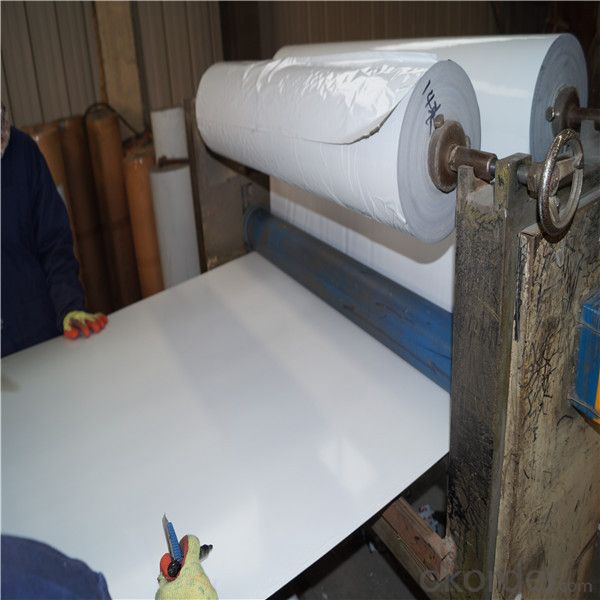
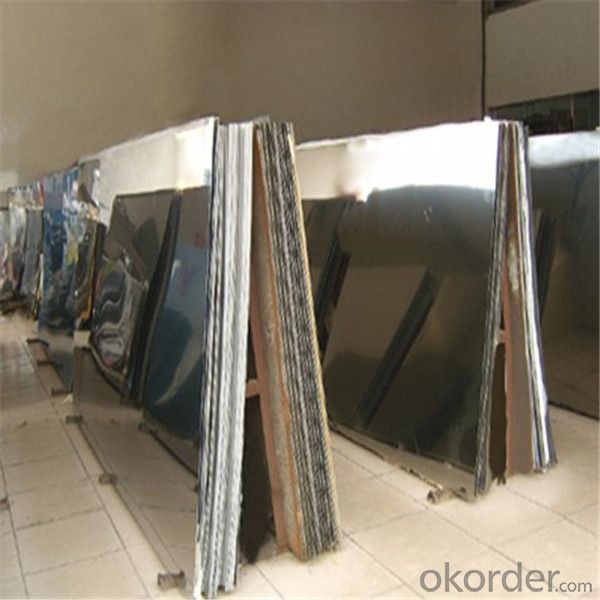
- Q: Are stainless steel sheets magnetic?
- Stainless steel sheets have the potential to be magnetic. The magnetic nature of stainless steel sheets relies on their composition. Generally, stainless steel is not magnetic. However, specific grades, such as the 400 series (such as 410, 416, 420, and 430), may possess magnetic properties due to a higher presence of ferritic or martensitic structures. Conversely, the commonly used 300 series stainless steel (such as 304 and 316) is non-magnetic because of its austenitic structure. Thus, it is crucial to consider the specific grade of stainless steel when assessing its magnetic behavior.
- Q: Are stainless steel sheets resistant to stress corrosion cracking?
- Yes, stainless steel sheets are generally resistant to stress corrosion cracking due to their high levels of chromium and nickel, which create a protective oxide layer on the surface. This layer prevents the initiation and propagation of corrosion cracks under tensile stress.
- Q: 304 stainless steel plate surface quality inspection method which has several?
- Attachment of cold processing such as workpiece surface lubrication oil, must be fully skimmed in trichloroethylene degreasing agent, caustic soda solution and then with warm water washing, and then heat treatment. Stainless steel plate, if the surface of debris, especially organic matter or ash attached to the workpiece, heating, of course, will have an impact on the oxide skin. Stainless steel plate furnace atmosphere difference, furnace atmosphere in each part of the different, the formation of oxide skin will change, and this is also caused by uneven acid cleaning reasons. Therefore, when heating, the atmosphere in each part of the furnace must be the same. For this reason, the cycle of atmosphere must also be taken into account. Also, a heating workpiece with bench brick, asbestos, if contain water, when heated, water will evaporate, differences in direct contact with the water vapor and other parts of the atmosphere will produce, the formation of oxide of course is different. Therefore, objects that are in direct contact with the heating workpiece must be thoroughly dried before use. However, after drying, such as placed at room temperature, moisture in high conditions, the water will still condense on the surface of the workpiece. So, it's better to dry before use. If the local processing of stainless steel plate before heat treatment with oxide remaining, after heating with oxide remaining parts and parts without oxide, differences in composition and thickness of oxide skin will appear on the surface after pickling caused by uneven, so we should not only pay attention to the final heat treatment, but also to the full note that the middle heat treatment and pickling. There is a difference between the surface of stainless steel and the place where it is not touched.
- Q: Are stainless steel sheets suitable for architectural mesh or screens?
- Yes, stainless steel sheets are highly suitable for architectural mesh or screens. They possess excellent durability, corrosion resistance, and aesthetic appeal, making them ideal for various architectural applications. Additionally, stainless steel sheets offer flexibility in design, allowing for intricate patterns and shapes in architectural mesh or screens.
- Q: Stainless steel plate how to distinguish between good and bad, there are several thick?
- The entire stainless steel material, its origin is generally mills order or to import and processing of goods due to overstocking of society. The sources of stainless steel are different, and the methods of identification are different.
- Q: How do you prevent stress corrosion cracking in stainless steel sheets?
- Several measures can be implemented to prevent stress corrosion cracking in stainless steel sheets. Firstly, it is crucial to select the appropriate grade of stainless steel that is resistant to stress corrosion cracking. While commonly used grades like 304 and 316 have good resistance, more aggressive environments may require specialized alloys such as duplex stainless steels or high nickel alloys. In addition, controlling the environment surrounding the stainless steel sheets is important. This involves avoiding exposure to corrosive agents like chlorides, sulfides, and acids. Proper pH levels and temperature should also be maintained to minimize the risk of stress corrosion cracking. Proper fabrication and handling techniques should be followed to prevent the introduction of stress that can lead to cracking. Unnecessary bending, cold working, or overloading should be avoided. Proper storage and handling techniques should also be employed to prevent surface contamination or damage that may facilitate stress corrosion cracking. Applying protective coatings or passivation treatments can enhance the corrosion resistance of stainless steel sheets. These treatments create a passive oxide layer on the surface that acts as a barrier against corrosive agents, reducing the risk of stress corrosion cracking. Stress relief heat treatment can be performed on stainless steel sheets to remove residual stresses induced during fabrication. This involves heating the sheets to a specific temperature and holding it for a certain period, followed by slow cooling. Stress relief heat treatment helps to minimize the risk of stress corrosion cracking by reducing internal stress levels. Regular inspection and maintenance are essential to identify any signs of stress corrosion cracking at an early stage. This allows for timely repairs or replacements to prevent further damage. Proper maintenance practices such as cleaning, removing deposits, and ensuring proper drainage can also contribute to the prevention of stress corrosion cracking. By following these preventive measures, the risk of stress corrosion cracking in stainless steel sheets can be significantly reduced, ensuring the durability and integrity of the material in various applications.
- Q: Are stainless steel sheets resistant to oxidation?
- Yes, stainless steel sheets are resistant to oxidation due to the presence of chromium in their composition, which forms a protective layer that prevents the steel from rusting or corroding.
- Q: What are the common sizes and thicknesses of stainless steel sheets?
- The common sizes and thicknesses of stainless steel sheets vary depending on their intended use. However, some common sizes range from 4 feet by 8 feet to 5 feet by 10 feet, while thicknesses can range from 0.4 mm to 6 mm.
- Q: What are the different types of stainless steel sheet surface textures available?
- There are several different types of stainless steel sheet surface textures available, each with its own unique aesthetic appeal and functional properties. Some of the most common surface textures include: 1. No.1 Finish: This is the most common and widely used surface finish for stainless steel sheets. It has a smooth, reflective surface that is achieved by hot rolling the steel and then annealing it. 2. No.2B Finish: This finish has a slightly rougher texture compared to No.1 finish. It is achieved by cold rolling the steel and then annealing it, resulting in a dull, matte appearance. 3. No.4 Finish: Also known as satin or brushed finish, this surface texture has a fine grain appearance with short, parallel lines. It is achieved by polishing the surface with abrasive belts or brushes. 4. Hairline Finish: This surface texture is similar to No.4 finish but has a finer grain appearance. It is achieved by polishing the surface with abrasive belts or brushes in a unidirectional pattern. 5. No.8 Mirror Finish: This is the most reflective surface texture available for stainless steel sheets. It has a highly polished and mirror-like appearance, achieved by further polishing the surface after No.4 finish. 6. Bead Blasted Finish: This surface texture is achieved by blasting the stainless steel sheet with fine glass beads or ceramic particles. It results in a textured, non-reflective surface with a uniform matte appearance. 7. Embossed Finish: This surface texture involves imprinting a pattern or design onto the stainless steel sheet. It can be achieved through mechanical embossing or by using a special roller during the manufacturing process. 8. Colored Finishes: Stainless steel sheets can also be coated with various colors to enhance their visual appeal. These colored finishes are achieved through processes like PVD (Physical Vapor Deposition) or powder coating, resulting in a durable and vibrant surface. These are just some of the many surface textures available for stainless steel sheets, each offering its own distinct look and feel. The choice of the surface texture depends on the desired aesthetic, functional requirements, and the specific application of the stainless steel sheet.
- Q: What is the maximum thickness available for stainless steel sheets?
- The maximum thickness available for stainless steel sheets can vary depending on the specific grade of stainless steel and the manufacturing capabilities of the supplier. However, in general, stainless steel sheets can be found in thicknesses ranging from 0.5mm to 80mm. It is important to note that thicker sheets are typically used for specialized applications that require increased strength and durability, such as construction projects or heavy machinery. When selecting stainless steel sheets, it is crucial to consider the intended use and consult with a reputable supplier to ensure that the desired thickness is available.
Send your message to us
AISI 310S Stainless Steel Plate/Sheet cold rolled
- Loading Port:
- Shanghai
- Payment Terms:
- TT OR LC
- Min Order Qty:
- 5 m.t.
- Supply Capability:
- 20000 m.t./month
OKorder Service Pledge
OKorder Financial Service
Similar products
Hot products
Hot Searches
Related keywords
